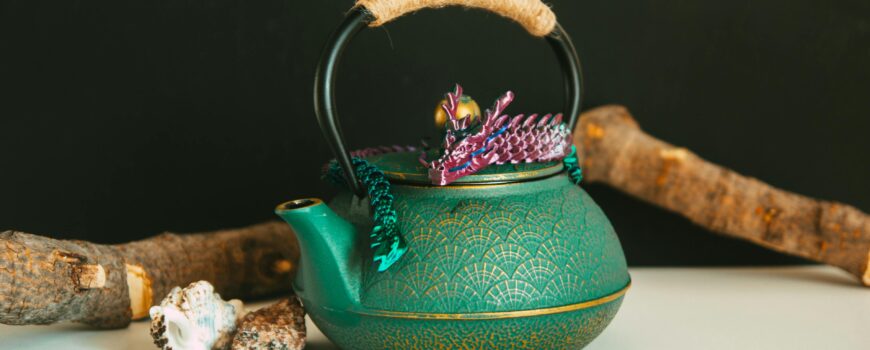Manufacturing CTC (Crush, Tear, Curl) tea in a factory involves several steps, from withering the tea leaves to packaging the final product. Here’s a detailed guide on how to manufacture CTC tea in a factory:
1. Harvesting and Withering
- Harvesting: Tea leaves are plucked from Camellia sinensis plants during the ideal harvesting period.
- Withering: The freshly plucked leaves are spread out on withering troughs or racks to reduce moisture content. This process makes the leaves pliable and prepares them for rolling.
2. Rolling
- Pre-Conditioning: Optionally, the withered leaves may undergo a pre-conditioning step to soften them further.
- Rolling: The withered leaves are fed into CTC machines (Crush, Tear, Curl) that crush, tear, and curl the leaves into small, uniform particles. This step helps in activating enzymes and enhancing flavor.
3. Fermentation (Optional)
- Fermentation: Some CTC teas undergo a brief fermentation process to develop specific flavors and aromas. This step is common for certain black teas.
4. Oxidation and Drying
- Oxidation: The rolled and fermented leaves (if applicable) are spread out in a thin layer to undergo controlled oxidation. This step determines the tea’s final flavor profile.
- Drying: The oxidized leaves are dried using hot air in drying machines or through traditional methods like sun-drying. This process halts oxidation and reduces moisture content.
Sorting and Grading
- Sorting: The dried tea leaves are sorted based on size, color, and quality using vibrating screens and sorting machines.
- Grading: The sorted tea particles are graded into different categories based on their particle size, appearance, and quality parameters.
6. Blending (Optional)
- Blending: To achieve consistent flavor profiles, teas from different batches or regions may be blended together. Blending also allows manufacturers to create custom blends to meet market demands.
7. Packaging
- Packaging: The graded and blended CTC tea is packed into various packaging formats such as tea bags, loose leaf packets, or bulk packaging for commercial distribution.
- Labeling: Packaging includes labeling with information such as tea type, grade, origin, brewing instructions, and expiry date.
8. Quality Control
- Quality Checks: Throughout the manufacturing process, quality control checks are conducted to ensure adherence to standards for flavor, aroma, appearance, and safety.
- Lab Testing: Samples of the final product may undergo lab testing for parameters like moisture content, caffeine levels, chemical residues, and microbial safety.
9. Storage and Distribution
- Storage: Packaged CTC tea is stored in a controlled environment with proper ventilation, temperature, and humidity to maintain freshness.
- Distribution: The tea is distributed to wholesalers, retailers, or exported to international markets based on market demand and distribution channels.
10. Maintenance and Sanitation
- Equipment Maintenance: Regular maintenance of CTC machines, drying equipment, and packaging machinery is crucial to ensure optimal performance and product quality.
- Sanitation: The factory premises, equipment, and storage areas must be kept clean and sanitized to prevent contamination and ensure food safety standards.
By following these steps and maintaining strict quality control measures, a factory can produce high-quality CTC tea that meets consumer expectations for flavor, aroma, and consistency. Continuous monitoring, feedback mechanisms, and process improvements are essential for the success of CTC tea manufacturing operations.
Zircon Tea Company
Contact No is +91-9499347308
Email is info@zirconshop.in
Our You Tube Channel Is Zircon Tea Company

